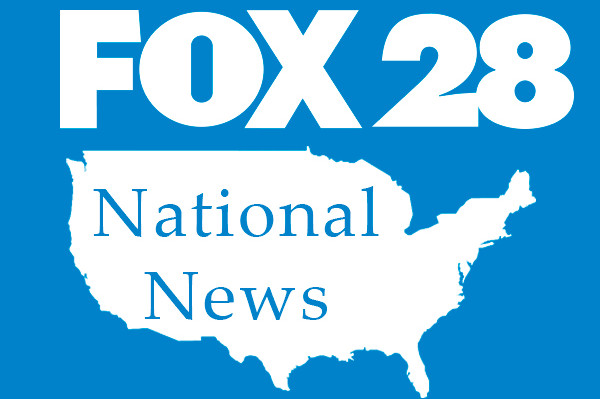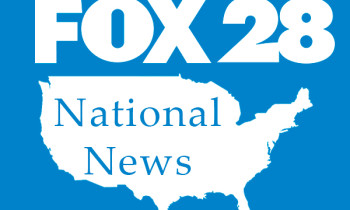
Texans are familiar with tornadoes, but flooding is becoming a major problem for Texas homeowners as well. Heavy rainfall and devastating flooding are steadily increasing in the Lone Star State, climatologists say.
Yet 135 Texas communities, all in identified flood hazard areas, don’t participate in the National Flood Insurance Program (NFIP). Property owners in these communities can’t buy federally backed flood insurance and won’t receive federal aid in the event of a flood disaster.
Since standard homeowners insurance doesn’t cover flooding, property owners in communities that don’t participate in the NFIP have to face the financial burden of flood damage on their own.
Texas’ NFIP enrollment
In addition to flood insurance, the NFIP works with communities on flood resiliency and floodplain management, as well as providing disaster assistance. Communities not enrolled in the NFIP aren’t eligible for the program’s benefits.
“If a community chooses not to participate, then flood insurance through the NFIP is not available and Disaster Assistance is not provided if there is a large flooding event,” Ally Bishop, NFIP regional support liaison for Region 7 told Insurify.
Across the state, 1,261 Texas communities have enrolled in the NFIP. But 11% have chosen not to enroll.
Enrolling in the NFIP is free, but communities must pass a resolution of participation intent and follow FEMA guidelines. They must also submit a formal floodplain management ordinance that meets or exceeds NFIP criteria.
“Some communities do not participate because they have no Special Flood Hazard Areas (SFHAs), or because they do not have the staff to fulfill the standard requirements set by FEMA,” said Bishop.
The importance of NFIP participation
Communities not in Special Flood Hazard Areas (SFHA) may believe they’re not at risk.
For example, eight communities in Navarro County aren’t enrolled. FEMA gives the area a relatively high risk rating for flooding, but it’s not high enough to designate it as an SFHA.
But, as Bishop pointed out, “Where it rains, it can flood. Changing weather patterns can impact flooding vulnerability of properties.”
In May, heavy rain hit parts of northern Texas, including Navarro and Hunt counties. Authorities issued a river flood warning due to overflowing local creeks and lakes. The communities saw 150% to 300% more rain than the historical average in just a few days.
Hurricane Beryl wreaked havoc across the state in June, causing flash flooding and overflowing rivers. So far, FEMA has paid more than $704.7 million in disaster relief to participating communities that Beryl affected.
Extreme precipitation and devastating flooding are increasing in Texas, according to a recent study by John Nielsen-Gammon, a climatologist at Texas A&M. The study predicts that extreme precipitation in the state will increase by 10% to 20% by 2036.
Facing disaster without flood insurance
Building outside a high-risk flood zone doesn’t guarantee safety from flood damage.
“More than 40% of NFIP claims happen outside of the SFHA or high-risk areas,” Bishop said.
Community resilience — a municipality’s ability to prepare, respond, and recover after a disaster — is an important factor to consider as well. Communities with low community resilience — like Navarro County — will likely find it more difficult to recover after a natural disaster than those with high resilience, regardless of their level of flood risk.
Non-participating municipalities have to face the financial burden of flood damage alone.
“Communities should participate in the NFIP to protect their citizens’ lives and properties by informing individuals of their flood risk and how to protect one of the biggest investments they have,” said Bishop.
Additionally, enrolled communities are eligible for federal aid. A participating municipality “can join the Community Rating System (CRS) to offer supplemental discounts to their residents,” Bishop said.
Policyholders in communities enrolled in the CRS are eligible for up to a 45% discount on their premiums if they meet FEMA-designated requirements.
What’s next: NFIP enrollment
Texans living in non-participating communities can purchase private flood insurance but are still ineligible for NFIP disaster aid if their community isn’t enrolled. The average annual premium for flood insurance in Texas is $779 per year, FEMA data shows.
“While FEMA designates certain areas at greater risk of flooding than others, floods can be financially devastating, and no property or belongings are fully flood resistant, regardless of flood zone,” Bishop stated.
Communities can begin NFIP participation at any time, and they can also adopt FEMA’s suggested best practices, including adopting and enforcing higher floodplain management standards, maintaining rigorous enforcement, promoting open space through property buyouts and community planning, and encouraging responsible building practices.
“By following these best practices and adopting higher standards than the federal minimum, a community can expect faster recovery from flooding events, lower impact to other properties and communities, and reduced financial and physical effects on property owners,” said Bishop.
Related articles



